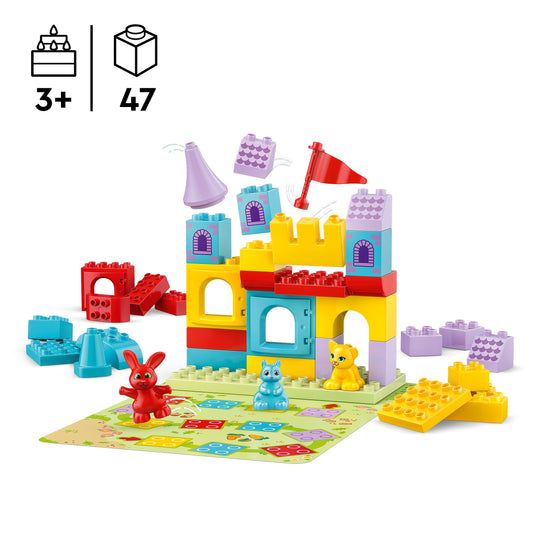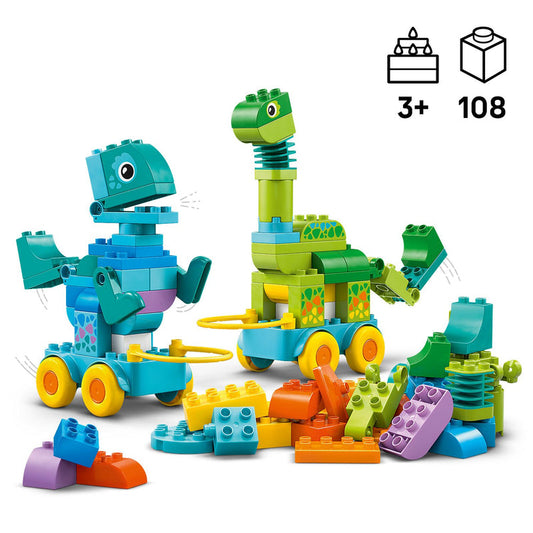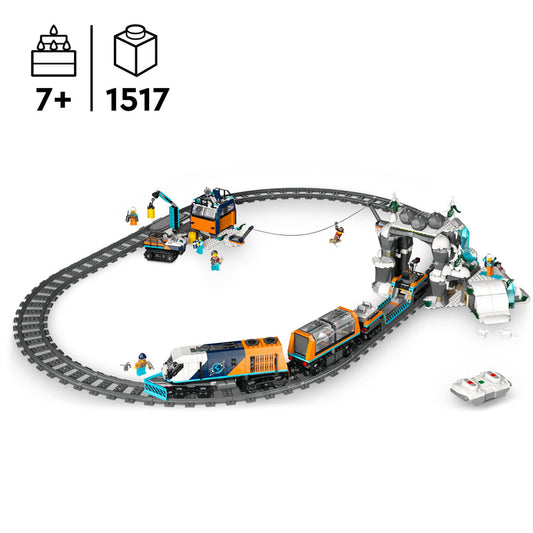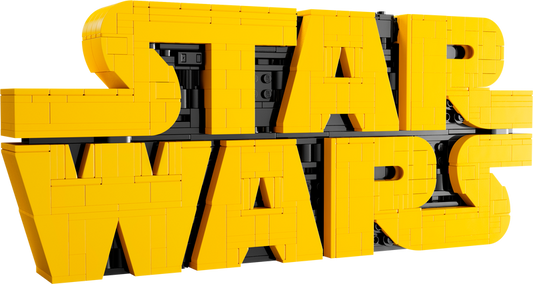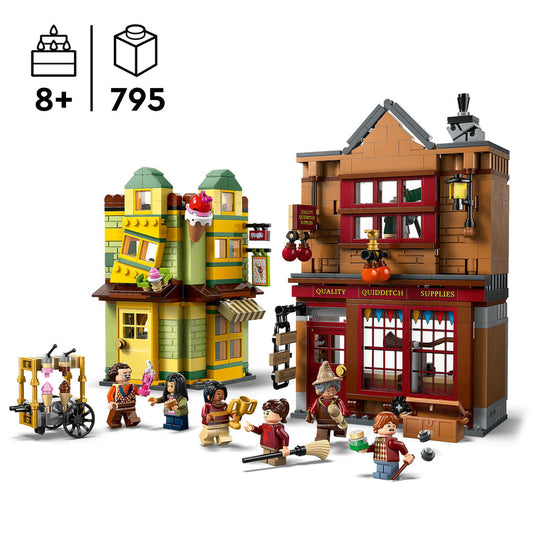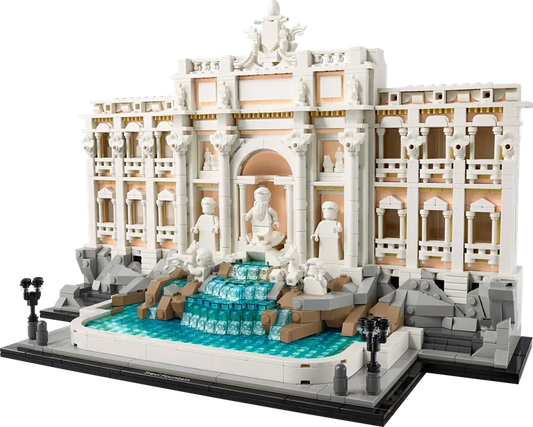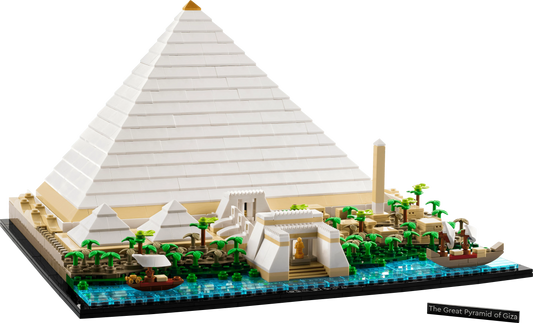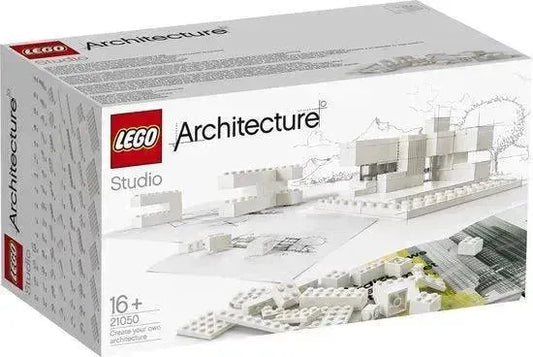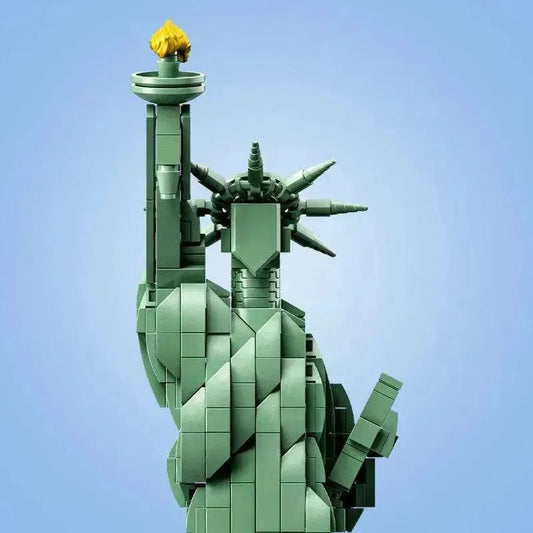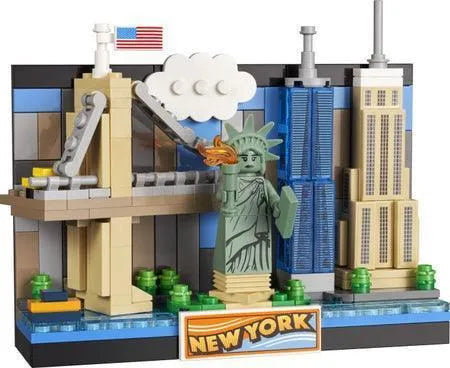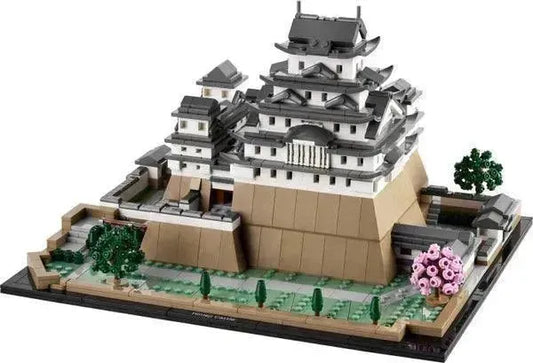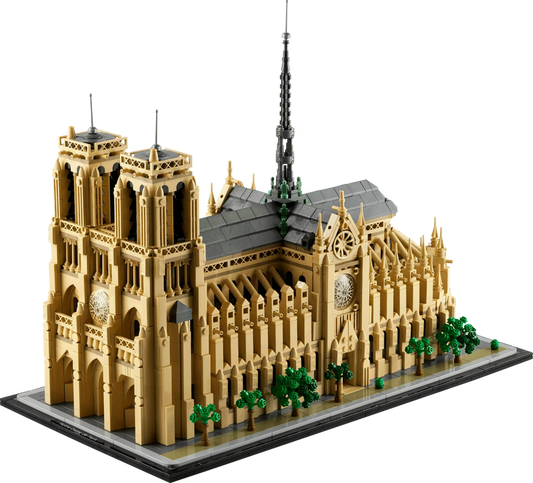How is LEGO tested for safety?

The bite test
We simulate a child biting LEGO DUPLO® elements to ensure nothing breaks off during play. We use a device shaped like a child's mouth and bite with a force equivalent to 22.5 kg (49 pounds).

The impact test
We drop a 1 kilogram metal disc onto potential weak points of LEGO DUPLO elements from a height of 12 cm. This is to ensure that the element does not break or splinter during play.

The compression test
We simulate a young child stepping on certain LEGO elements by pressing a metal disc with a force equal to 15 kg onto the element to ensure that it does not break or splinter during play.

The drop test
We drop the elements onto a hard surface five times from a height of 1.5 m and 1 m respectively to ensure that LEGO DUPLO and LEGO elements do not splinter or break if a child drops them during play.

The full list of ingredients
We have the full ingredients list of all raw materials and decoration inks we use for LEGO elements. We examine whether in theory an additional substance could be present, for example due to unintentional contamination.

Hazard classification
We consult official hazard classification databases to check whether individual substances pose an inherent hazard to which a child may be exposed during play.

Color migration
We conduct chemical tests simulating children exposing LEGO elements to sweat and saliva. This ensures that no color pigments migrate from the LEGO element upon contact with these liquids.

Content analysis
We perform a total content analysis to determine that no substances are present above the legal limits or internally determined limits.

Migration of substances
We also find that no substance migrates from LEGO elements at any level of care, taking into account that children may put LEGO elements in their mouths during play.
What are LEGO elements made of?
The LEGO system in Play includes thousands of different elements made from a range of different plastic materials. The type of material used to create an element depends on how it is to be used with other elements.
Some elements need to be sturdy and require a certain type of plastic, while others may be more flexible and require a different type of plastic. A window, a lush leaf, an off-road tire, or a good old wall of 2x4s are all different types of plastic.
-

Find your flow with the LEGO Group's two new Paris-inspired icons
READ MORE -

Build your own LEGO Halloween Vampire... if you dare
READ MORE -

The history of LEGO City... perhaps the nicest LEGO sets there are
READ MORE -

The top 8 most anticipated sights
READ MORE -
LEGO DUPLO for young children: hours of fun!
READ MORE -

Top tips for making a LEGO Christmas star yourself.
READ MORE -

Are LEGO safe toys?
READ MORE -

How is LEGO tested for safety?
READ MORE -
LEGO Jurassic World Dino
READ MORE
LATEST LEGO SETS
-
LEGO 3-in-1 dieren op wielen 10448 DUPLO
Regular price €29,99 EURRegular price€34,99 EURSale price €29,99 EURSale -
LEGO Hopsy's kasteelspel 10450 DUPLO
Regular price €33,99 EURRegular price€39,99 EURSale price €33,99 EURSale -
LEGO 3-in-1 dinosaurussen op wielen 10451 DUPLO
Regular price €59,99 EURRegular price -
LEGO McQueens bezoek aan Docs garage 10456 DUPLO
Regular price €25,99 EURRegular price€29,99 EURSale price €25,99 EURSale -
LEGO De tuin en kas van Opa Big 10461 Peppa Pig
Regular price €67,99 EURRegular price€79,99 EURSale price €67,99 EURSale -
LEGO De Enderman toren 21279 Minecraft
Regular price €84,99 EURRegular price€99,99 EURSale price €84,99 EURSale -
LEGO Minnie's huisdierenhotel 43274 Disney
Regular price €33,99 EURRegular price€39,99 EURSale price €33,99 EURSale -
LEGO Toy Story feesttrein en RC auto 43264 Disney
Regular price €33,99 EURRegular price -
LEGO Centraal Station 60469 City
Regular price €76,99 EURRegular price -
LEGO Arctic Explorer Polar Express Trein 60470 City
Regular price €169,99 EURRegular price -
LEGO Nachtmerrie haaienonderzeeër 71500 Dreamzzz
Regular price €125,99 EURRegular price€139,99 EURSale price €125,99 EURSale -
LEGO Arins Spinjitzu strijdmecha 71839 Ninjago
Regular price €17,99 EURRegular price -
LEGO Rontu de Meesterdraak 71842 Ninjago
Regular price €39,99 EURRegular price€44,99 EURSale price €39,99 EURSale -
LEGO Ninja strijdvoertuig 71844 Ninjago
Regular price €76,99 EURRegular price -
LEGO De vuurriddermecha 71846 Ninjago (Pre-Order: juni)
Regular price €101,99 EURRegular price -
LEGO Het StarWars Logo 75407 StarWars
Regular price €59,99 EURRegular price -
LEGO Plo Koons Jedi Starfighter™ microfighter 75400 StarWars
Regular price €12,74 EURRegular price€14,99 EURSale price €12,74 EURSale -
LEGO 77241 (Pre-Order: March 2025)
Regular price €25,99 EURRegular price -
LEGO 77241 (Pre-Order: March 2025)
Regular price €42,99 EURRegular price€49,99 EURSale price €42,99 EURSale -
LEGO 77241 (Pre-Order: March 2025)
Regular price €84,99 EURRegular price€99,99 EURSale price €84,99 EURSale -
LEGO 77241 (Pre-Order: March 2025)
Regular price €212,99 EURRegular price€249,99 EURSale price €212,99 EURSale -
LEGO Formula 1 Drivers with their Car 71049 Minifigures (Set 12 Pieces)
Regular price €54,99 EURRegular price -
LEGO Formula 1 Drivers with their Car 71049 Minifigures (Set 12 Pieces)
Regular price €4,49 EURRegular price -
LEGO Formula 1 Drivers with their Car 71049 Minifigures (Set 12 Pieces)
Regular price €4,49 EURRegular price -
LEGO Formula 1 Drivers with their Car 71049 Minifigures (Set 12 Pieces)
Regular price €4,49 EURRegular price
SELECTED FOR YOU
-
LEGO 21062 (Pre-Order: March 2025)
Regular price €135,99 EURRegular price -
LEGO Pyramid of Giza 21058 Architecture
Regular price €118,99 EURRegular price -
LEGO Build your own Architecture buildings with this set Studio 21050 Architecture
Regular price €449,99 EURRegular price -
LEGO The New York Skyline 21028 Architecture
Regular price €42,99 EURRegular price -
LEGO Statue of Liberty 21042 Architecture
Regular price €84,99 EURRegular price -
LEGO Trafalgar Square London 21045 Architecture
Regular price €99,99 EURRegular price -
LEGO New York Postcard 40519 Creator
Regular price €17,99 EURRegular price -
LEGO Himeji Castle 21060 Architecture
Regular price €135,99 EURRegular price -
LEGO Slot Neuschwanstein 21063 Architecture
Regular price €243,99 EURRegular price -
LEGO Notre-Dame Cathedral 21061 Architecture
Regular price €195,99 EURRegular price
-

LEGO Avatar
LEGO Avatar: Dive into the wonderful world of Pandora! Build with Jake...
-

LEGO Icons
Relive your childhood with LEGO Icons sets, specially designed for nostalgic adults....
-

LEGO Classic
Discover endless building fun with LEGO Classic sets! This collection offers a...









